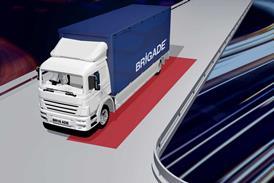Hydrogen Vehicle Systems (HVS), a UK-based company, has made a significant breakthrough in the development of zero-emission, long-range hydrogen-powered commercial vehicles.
The company recently confirmed that its hydrogen-electric Heavy Goods Vehicle (HGV) would have a range of up to 370 miles (depending on load and route) coupled with an industry-leading refuelling time of just 15-20 minutes.
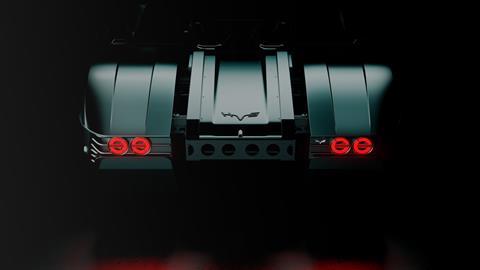
The HGV will be revealed at the Commercial Vehicle show on April 18th at the NEC in Birmingham, UK, where HVS will showcase its game-changing hydrogen powertrain in a tractor unti. The company’s objective is to be the first indigenous UK-designed and developed hydrogen-electric HGV on the market.
HVS’ vehicle powertrain employs a fuel cell system and energy storage system to deploy electricity to an electric motor to transmit power to the wheels. It uses a KERS (Kinetic Energy Recovery System) to recapture energy under braking and while the truck is slowing down. The integrated powertrain is controlled with HVS’ advanced control system ‘SEMAS,’ which claims class-leading fuel efficiency and powertrain durability contributing to a total cost of ownership comparable to that of current diesel-powered offerings in the market, says the company.
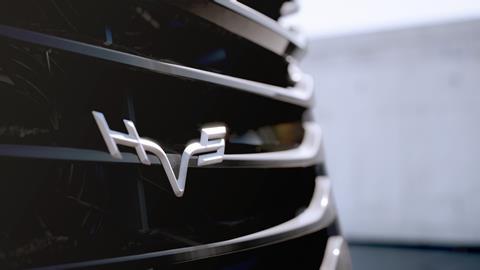
The fuel cell permits longer range, higher load-carrying capacity, and faster refuelling than would be possible using battery-electric technology alone. Moreover, the only emission from the vehicle in operation is water vapour, meaning there are no harmful greenhouse gas emissions of any kind.
Depending on the payload, route travelled, road conditions, and driving style, HVS’ HGV has the capacity to cover up to 370 miles (600km). Hydrogen-powered vehicles don’t need charging like a battery-electric vehicle. They are fuelled with hydrogen gas, stored at pressure in hydrogen cylinders. Refuelling takes a much shorter time than charging an equivalent battery vehicle and is comparable to filling a truck with diesel, at around 15-20 minutes to refill the hydrogen tanks.
Much of the initial hydrogen fuelling demand will be undertaken using mobile dispensers located close to demand at existing commercial vehicle gas stations. These mobile dispensers look very similar to conventional petrol and diesel ones, but with an approved hydrogen self-locking safety nozzle.


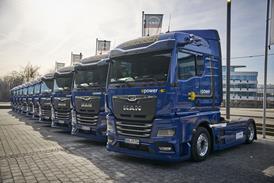
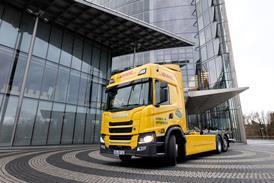
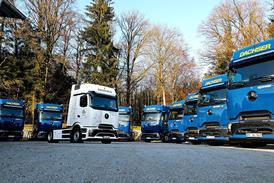
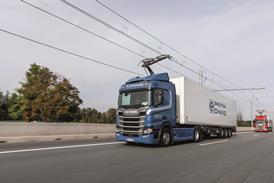
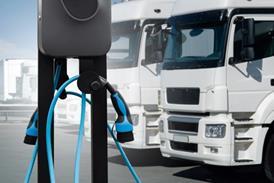





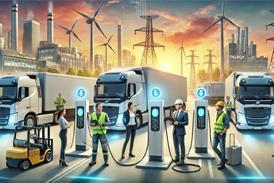



![Mercedes-Benz_eActros_600_(1)[1]](https://d2cohhpa0jt4tw.cloudfront.net/Pictures/274x183/8/1/8/17818_mercedesbenz_eactros_600_11_556244.jpg)


